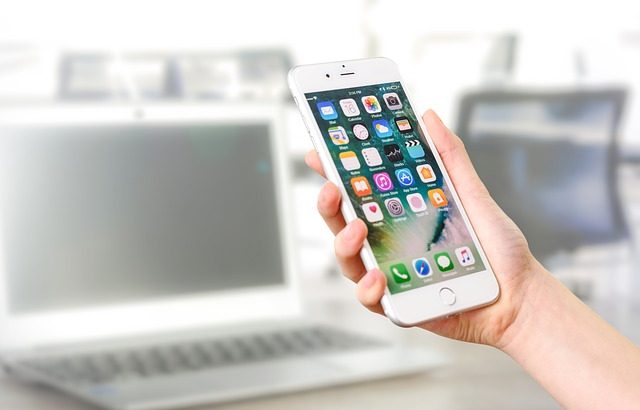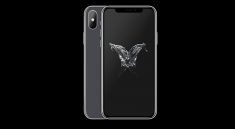As an app developer, you may have gotten your feet wet with app development for Android before trying your hand at development for iOS. While it’s common to have to port your apps from one system to another, it is typically done when porting iOS apps to Android, rather than the other way around.
Learning iOS App Development
Whether you built an app on Android first and are looking to build the iOS version or you’re simply trying to expand your tech wheelhouse of custom software development services, it is definitely a good idea to learn app development for iOS. Keep reading for six key ways to learn how to develop iOS apps using your Android background as a starting point.
1. Understand the Language
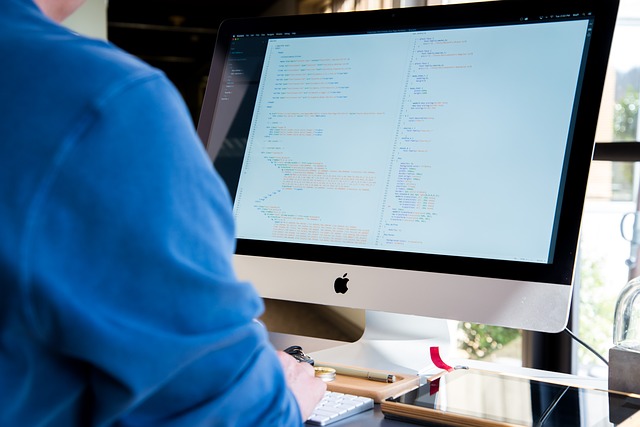
With iOS apps, you need to use Swift or Objective-C. There are other options, but those two are the most popular. In Android, you likely used Java. Though Objective-C is typically the go-to for development with Apple software, Swift is much easier to learn and has similar syntax to Objective-C. Moreover, Swift works well with existing C code, so it should be your language of choice.
2. Choose the Right IDE
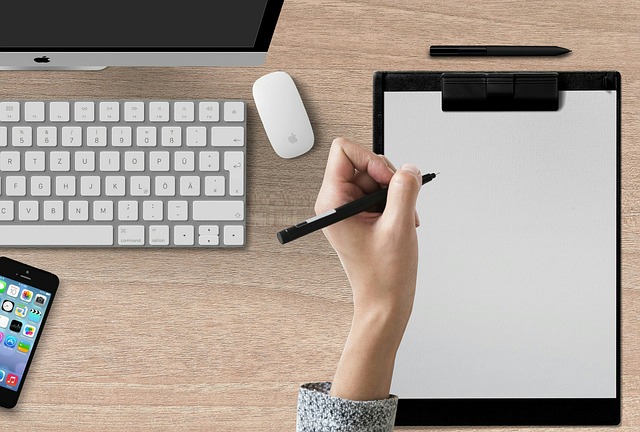
After using Android Studio, you may find it a struggle to choose an IDE for app development in iOS. However, the user-friendly XCode is an IDE that is perfect for creating apps for iOS. Simply install XCode by downloading it from the App Store.
3. Consider the User Interface and Transitions Between Screens
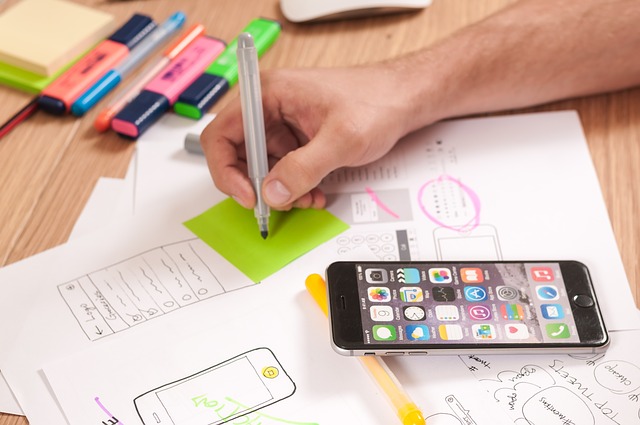
iOS apps use Storyboard as a way to design interfaces. The Storyboard allows you to connect the ViewControllers with each other while coordinating transitions through them. Additionally, you can play around with the interface components the same way you could with IDEs for Android. For app screens use Activity = ViewController.
To effectively transition between screens, use startActivity(Intent) = Segue. Segues offer the same functionality that an activity with an intent does. When using XCode, you can create transitions to other screens all without having to write code. This is where app development for iOS is a bit simpler than app development for Android.
4. Get Familiar with the List Functionality
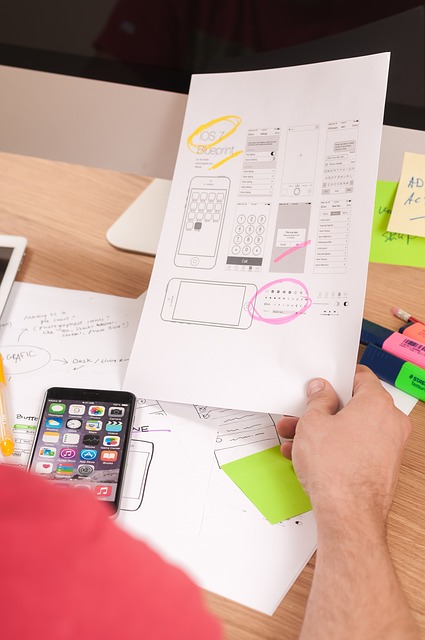
Create a TableViewController or TableView to find the type of list functionality that is the most similar to Android. Using ListView/RecyclerView = TableView will allow you to populate each item as you would with Adapters in Android.
5. Understand Dependency Management for iOS
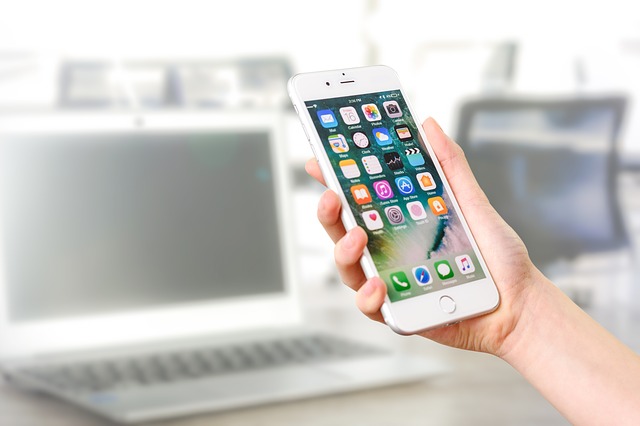
In Android, you likely used Gradle’s dependency management. With iOS, you’ll use CocoaPods to achieve the same functionality that Android Gradle files do. Do this by adding your dependencies in the file. Then you’ll see just how well it will download and update your packages.
6. Other Important Information

When in doubt, try the following code:
APK = Archive
Interfaces = Archive
Emulator = Simulator
While this rundown of app development for iOS is fairly simple, you’ll be able to make the transition from being Android-minded to thinking like an iOS app developer much more effectively. By putting these six ideas to the test, you’ll be able to get a jumpstart on creating your next iOS app.

